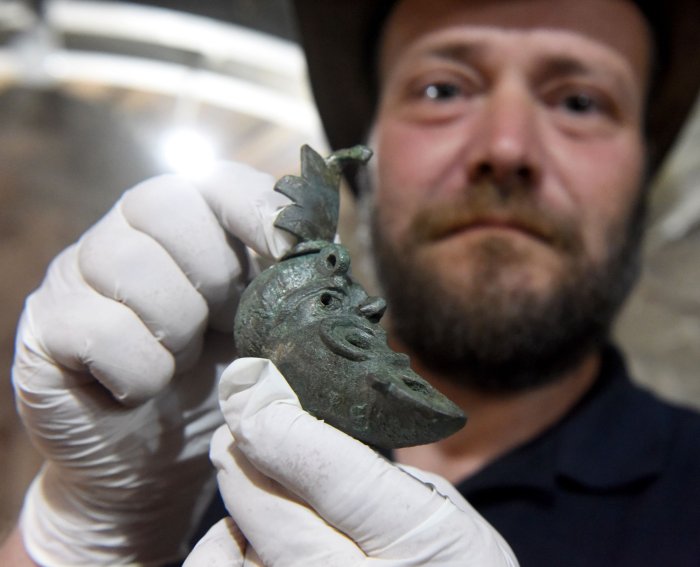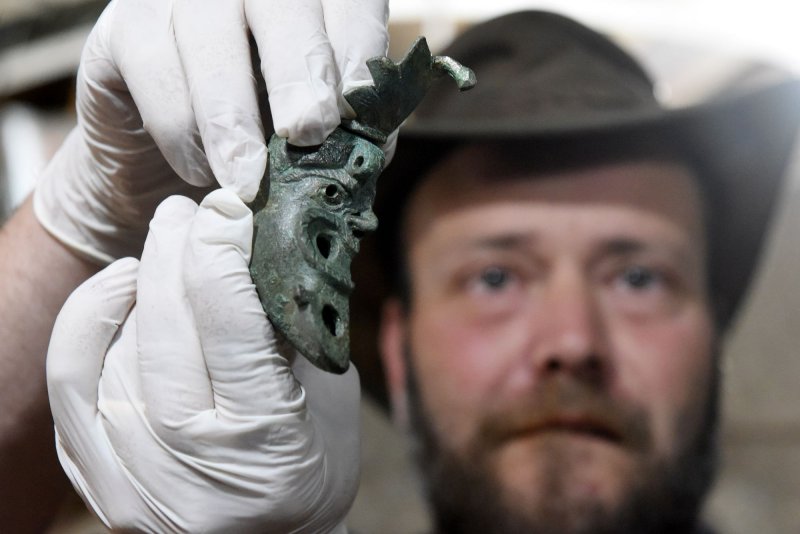A BLOODY CRIME SAID THIS BOOK LOVER
We will rebuild: Gaza’s largest bookshop destroyed by Israeli air strikes
Samir Mansour Library bookshop was destroyed on Tuesday, prompting outrage from book lovers around the world
The company behind one of Gaza’s largest and most well-known bookshops vowed to rebuild after it was demolished by an Israeli air strike on Tuesday, sparking outcry from Palestinians and abroad.
Samir Mansour Library was destroyed in a strike that hit a building next to the Islamic University on Al Thalatiny Street in Gaza City.
Books were buried under rubble, while others were covered so thickly with dust that their titles could not be read.
The Israeli military said it was destroying Hamas tunnels in the operation.
The shop was established in 2008 and held thousands of books from all genres for sale. Despite having "library" in its name, it does not lend books.
But it was part of a publishing house that gave voice to Palestinian poets, children’s writers, novelists and academics, some of whom decried its destruction on social media and at the scene of the air strike.
“We are condemning the destruction of our library,” Shereen Al A’ka, public relations officer at Samir Mansour publishing house, told The National.
"We are so sad because the library is not only walls, it is memories and friends for all ages.
“This library is an old dream for its owner. He worked hard to build it for years."
The books may be under rubble, but that will not stop us
Nada Abu Mideen
As Gazans struggled to take in the loss, book lovers from further afield sprang into action, offering to donate books or raise money.
“I choked up when I saw the pictures of the destruction of the bookshop on social media,” said writer Nada Abu Mideen, 29.
“This place encouraged and supported me always.”
Ms Abu Mideen has two books published by Samir Mansour. One of them, Mazaj Morsal, covers Gaza after the 2014 war. The library printed about 1,000 copies of the book.
“After we survived the 2014 war, me and my friend decided to write about our survival, our challenges and resilience,” she said.
Ms Abu Mideen said the bombing would not stop her efforts to shine a light on the plight of Palestinians in Gaza.
“The books may be under rubble but that will not stop us. We will keep writing to show the world that we deserve life,” she said.
Fighting between Gaza militants and Israel has lasted for 10 days so far.
Gaza’s Health Ministry said 241 Palestinians have died and 7,802 have been wounded. In Israel, 12 people have been killed.
The government said about 1,620 rockets have been fired towards its territory by militants in Gaza.
The UN’s humanitarian agency said almost 450 buildings in the enclave have been destroyed or badly damaged, including six hospitals.
It said more than 52,000 Palestinians have been displaced since the start of the conflict.
Dr Ameen Wafi, a lecturer in literature at Gaza’s Islamic University, said the air strike was “unforgiveable”.
“To destroy a bookshop means one thing: that the occupier doesn’t believe in humanitarian values because the message of libraries is so clear over the world,” Dr Wafi said.
“Those actions are un-humanitarian and immoral. One of the most important tools for scientific renaissance is creating and building libraries.
"The mission of those libraries is so clear. It’s educational, cultural and awareness missions for people. It is one of the ways civilisations form."
Amira Nassar, 26, said the sight of the books on the ground made her weep.
“I called the library and ordered a number of books a couple of days ago, and they told me they would deliver the book after the escalation is over,” Ms Nassar said.
“I couldn’t imagine that I would pass through the area and find rubble instead of the library."
But Ms Al A’ka said the work of the bookshop is not over.
“We are disappointed. We lost a lot of valuable books under the rubble," she said. "The books are like our family members but we will not stop.
“We will take time, for sure, but we will not stop trying.”
Updated: May 20, 2021














